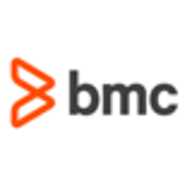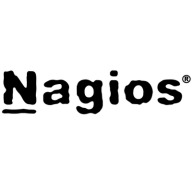

Nagios XI and BMC Cloud Lifecycle Management are prominent in the IT management market. Nagios XI has an upper hand in cost-effectiveness and ease of setup, whereas BMC Cloud Lifecycle Management is superior in cloud management and features.
Features: Nagios XI is highly regarded for its scalability, monitoring flexibility, and ease of use. It effectively monitors network traffic, server health, and service performance. BMC Cloud Lifecycle Management provides robust automation, extensive cloud orchestration, and advanced resource management.
Room for Improvement: Nagios XI could enhance integration abilities with other software and improve user interface design. It might benefit from more comprehensive customer support and reduced complexity in plugin configuration. BMC Cloud Lifecycle Management can improve its deployment simplicity, enhance user navigation, and provide more intuitive setup processes.
Ease of Deployment and Customer Service: Nagios XI is known for its straightforward deployment and user-friendly interface, offering extensive documentation and support. BMC Cloud Lifecycle Management, while complex due to its range of features, is supported by a responsive customer service team.
Pricing and ROI: Nagios XI is economical with lower initial costs and quick ROI, appealing to budget-conscious organizations. BMC Cloud Lifecycle Management, despite higher costs, offers substantial long-term ROI due to its automation capabilities, which can decrease operational expenses over time.

Nagios XI provides monitoring of all mission-critical infrastructure components, including applications, services, operating systems, network protocols, systems metrics, and network infrastructure. Third-party add-ons provide tools for monitoring virtually all in-house and external applications, services, and systems.
Nagios XI uses a powerful Core 4 monitoring engine that provides users with the highest levels of server monitoring performance. This high degree of performance enables nearly limitless scalability and monitoring powers.
With Nagios XI, stakeholders can check up on their infrastructure status using the role-based web interface. Sophisticated dashboards enable access to monitoring information and third-party data. Administrators can easily set up permissions so users can only access the infrastructure they are authorized to view.
Nagios XI Benefits and Features
Some of the benefits and top features of using Nagios XI include:
Reviews from Real Users
Nagios XI stands out among its competitors for a number of reasons. Several major ones are its integration options and monitoring abilities, as well as its alerting features.
David P., a senior DevOps engineer at EML Payments Ltd, writes, “We use Nagios as a network discovery tool. We use Nagios to maintain our uptime statistics and to monitor our services. It has allowed us to be much more sophisticated in our monitoring and alerting.”
An IT-OSS manager at a comms service provider notes, “Nagios XI has a custom API feature, and we can expose custom APIs for our integration. This is a great feature.”
We monitor all Cloud Monitoring Software reviews to prevent fraudulent reviews and keep review quality high. We do not post reviews by company employees or direct competitors. We validate each review for authenticity via cross-reference with LinkedIn, and personal follow-up with the reviewer when necessary.